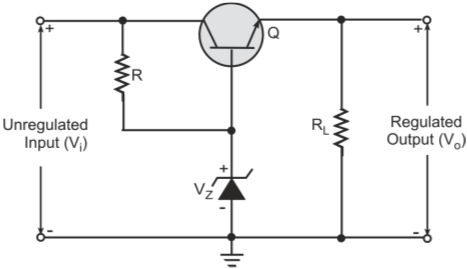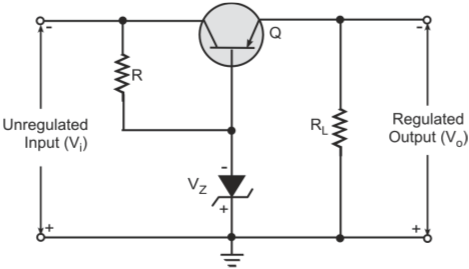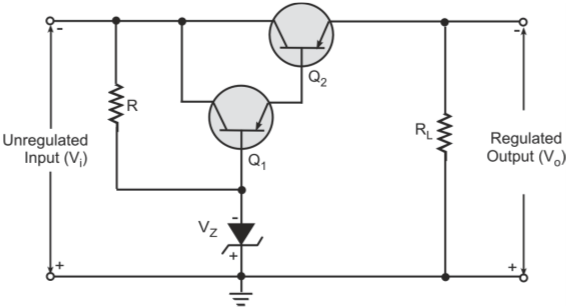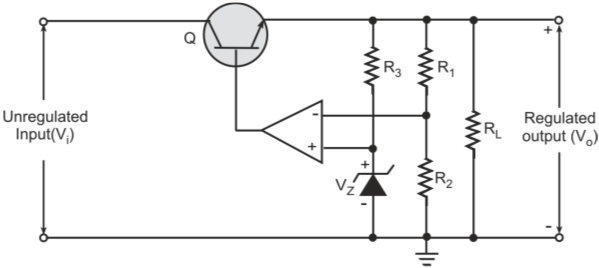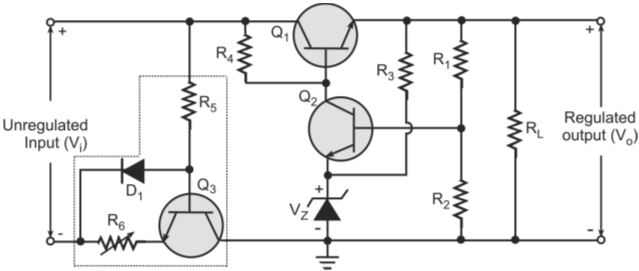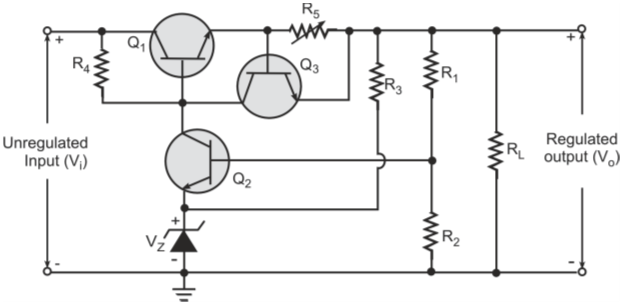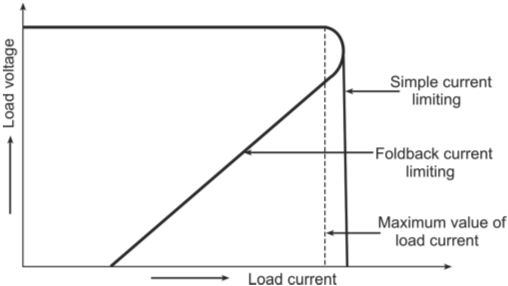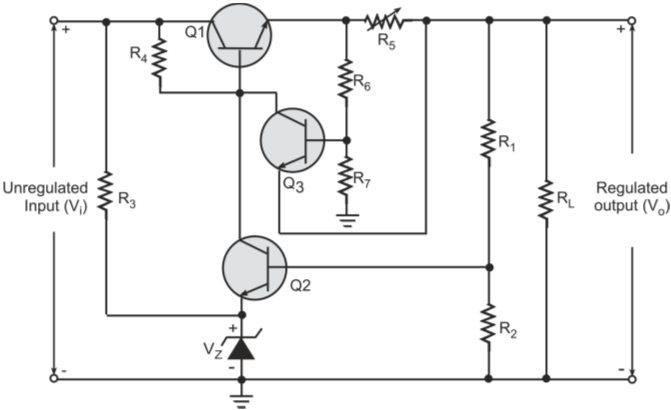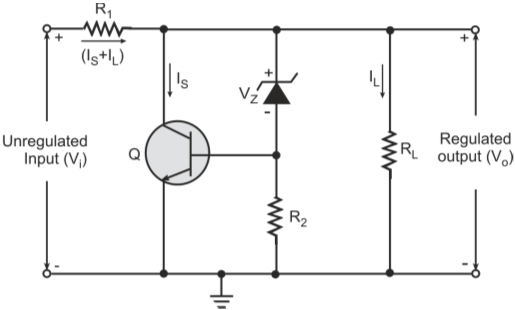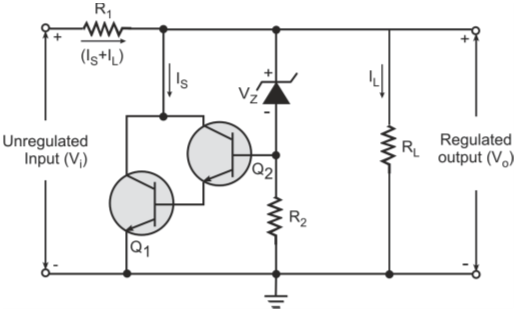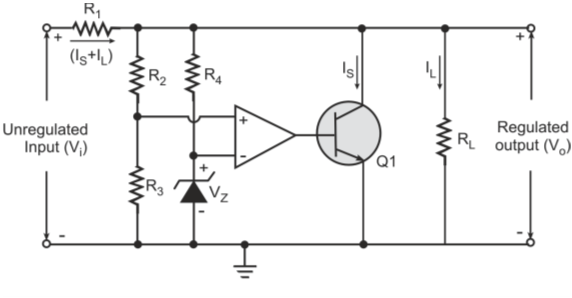Regulator circuit in the power supply ensures that the load voltage (in the case of voltage regulated power supplies) or the load current (in the case of current regulated power supplies) is constant irrespective of variations in line voltage or load resistance.
Discover, Learn and Innovate
Your Trusted Online Resource for Electronics
Share on Social Media
Popular Post
Popular Post
© Electronicspedia All Rights Reserved | Designed by Aarohan Research Lab
